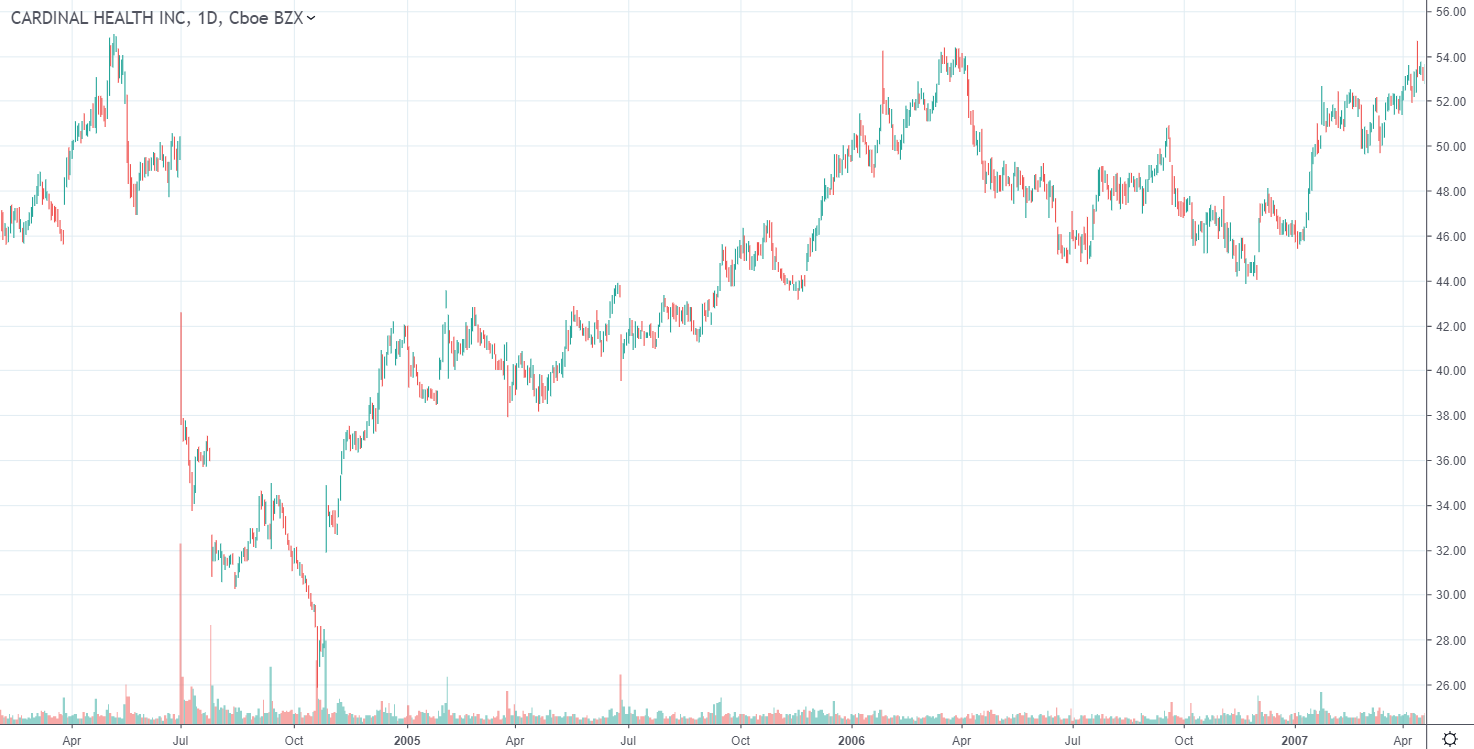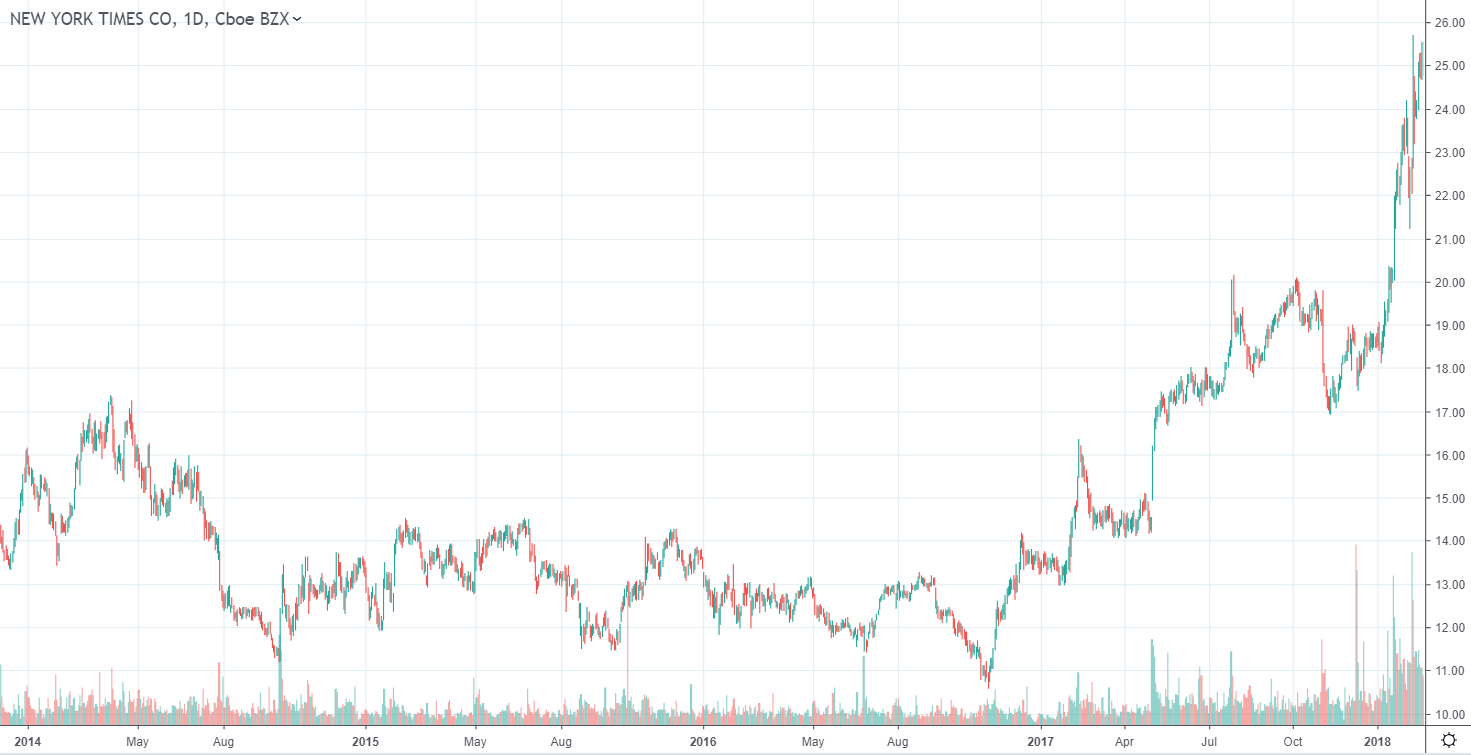Accompli enables essential change. That requires skill — and highly motivated clients.
Accompli’s Point of View Change starts with awareness. It requires strong commitment. It is realized by persistent effort over time. It’s hard to do alone. Accompli can help.
Accompli’s method is rigorous application of common sense. It boils down to helping clients continually address a pair of simple questions: What’s most important now? And what are you going to do about it?
Accompli today serves CEOs and executive teams in Silicon Valley and New York City. Most clients are growth-stage startups. Their common challenges are high uncertainty and rapidly changing circumstances. As their businesses scale, leaders need to update their understanding, reinvent their roles, discover how to make the most of chronically inadequate resources.
This work applies experience gained in service of much bigger and more complex enterprises, ranging from the Fortune 20 to midsize public companies. At any scale, the essential challenges of business leadership prove consistent. Harried CEOs underinvest in reflection. Executive “teams” tend to be working groups unfamiliar with deep collaboration and the high-quality conversation required for great decision-making. Organizations typically are poorly integrated, fractured into silos. CEOs regret waiting too long to implement difficult decisions.
More broadly, the pervasive failing of business organizations is inattention to human nature, and institutional ignorance about what makes their people tick.
Organizations charged with executing ambitious plans perform poorly unless their people individually understand why the plans are important, believe in them, and actually choose to champion them personally. Corporations routinely expect employees to perform unnatural acts, such as subordinating personal interests to investor profit. Even seasoned executives reflexively avoid uncomfortable conversations, including essential ones. Real teams are rare. So is the vital skill of communication, especially listening.
Result: denial, delay, avoidance of festering problems, weak conversations, and poor decision-making – resulting in sub-optimal performance that’s not all that hard to fix.
Accompli’s Backstory Five equal partners founded Accompli in 2004. Our mission: helping accountable leaders execute large-scale organizational change. As a consultancy, we operated at the bleeding edge, committed to demonstrating that human factors determined business results. We were committed minimalists. During a decade of intense partnership, we eliminated infrastructure without value to clients, working without offices or employees – eating our own dog food, as the saying goes. Ultimately, we proved our point. In retrospect, Accompli was more an R&D operation than a business, but it worked.
With only five partners directly serving clients with as many as 55,000 employees, we searched always for the point of greatest leverage. We reported only to individuals, usually CEOs, with the power to effect change. And we worked only on projects of enormous strategic or financial consequence to the enterprises that employed us.
Our opportunity spanned the white space between consultants who don’t understand people, and coaches who don’t understand business. Unlike many consultants, we achieved results by leveraging human factors. We didn’t sell expertise or send junior people to do our work. Nor did we tell our clients what to do: Instead, we got them to tell us. Unlike many coaches, we appreciated our clients’ obligation to deliver business results. So we focused on execution support, preferring to take our profits in success fees – only when results were achieved.
Above all, we respected our clients and their people. They know their businesses better than we ever would. Once pushed to face facts and make decisions, they are plenty capable of deciding well. Since we weren’t staffed to do their jobs for them, they had to do all the work. That setup produced three precious benefits: Accountability became inescapably clear; the work produced tangible, valuable results; and engagement in important work, by its nature, produced alignment, enthusiasm, culture change, and learning.
We had no use for touchy-feely offsites, color-coded personality tests, or generic corporate values. Instead, we simply held up a mirror to reality and insisted that clients face the implications of what they saw. We insisted on decisions, and action. Our meetings focused on work toward results. And we insisted on radical inclusion: Anyone who will be executing the work deserves a voice in its design.
Basic stuff, you might say – and you’d be right. But when a complex strategic-change program is designed along these lines, magic happens. Leadership development and culture-building occur naturally, as a byproduct of accomplishing what’s most important. And change efforts can be leveraged, intentionally, to strengthen an organization in a lasting manner. Enterprises reach their goals, and become stronger in the process.
Our role was to make sure the needed conversations happened, to facilitate those conversations for optimal results, and, in a lean way, to coach the individuals and teams we touched. Above all, we firmly held our clients’ intentions, even when they were distracted by day-to-day crises, or just weary.
The Accompli partnership disbanded in 2014. Today the business is distilled to its essence: One senior advisor working closely with CEOs and their executive teams.
Case Study #1 In 2004, Cardinal Health was a fast-growing Fortune 20 corporation distributing pharmaceuticals to drugstores and hospitals. Instead of charging for its supply-chain services, Cardinal made profits through arbitrage, warehousing extra drugs and sending them on for reimbursement only after inflation had increased their value. After investigating a competitor, the U.S. government discouraged that practice industry-wide. Suddenly, Cardinal had no business model to support its vast supply chain. The company’s market value dropped by half.
Cardinal’s challenge was to maintain sufficient cash flow while the company coaxed its business partners into paying for its services. The company had a large collection of acquisitions, mostly manufacturers of health-care products, loosely affiliated through a holding company focused mainly on budgets. The founder-led enterprise had no executive committee. Then Accompli came in.
Just two Accompli partners supported Cardinal. We began by assembling the executive staff and the leaders of the independent operating units – a challenging group of about 20 people. When asked what their top priorities were, their answer was a dense slide, in 8 point type, seething with scores of competing initiatives. Over several meetings, we got them to boil down their goal to one word: integration.
Next, we helped them see the weakness of the holding-company structure. Cardinal became an operating company, with ever-clearer lines of accountability and ever-fewer P&Ls. We supported a high-potential leader who believed Lean Six Sigma was the best way to lower inventory costs and amp up cash generation, while improving customer satisfaction and forcing integration. The initiative quickly became a major contributor to EBITDA. Driving integration at Cardinal was an iterative process; as opportunities continued to surface, the emergent leadership team took advantage of them. Improving the business became a reflex.
All along, the great challenge was political resistance from unit leaders, a few of whom cherished their autonomy above the common good. After plenty of candid debate, Cardinal’s leadership set a course and then passed the point of no return. Some resisters became supporters; others departed.
By the time we completed our work, two years later, Cardinal’s stock price had doubled, regaining the value that had been lost. The client paid Accompli’s success fee, gladly.
Case Study #2 In 2016, the New York Times company was looking for help. Despite the exceptional quality of its journalism, the family-controlled enterprise had been selling off assets in the face of competitive and technological upheaval. The challenges had been obvious for years, but the company, founded in 1851, had been slow to change. Some obstacles were structural: The newspaper, now the only significant contributor to revenue, reports to the publisher, not the CEO; by tradition, editors and executives have kept a wary distance. Everyone understood the need to pick up the pace. Enter Accompli, in partnership with another firm, led by consultant Bob Marcus.
Accompli’s role was to work with the top leaders. The CEO assembled the operating leaders of the company – crucially including the newsroom – for an initial offsite. Everyone readily agreed that enormous changes were needed, and which were most crucial. Then I asked: Do any of you have any work more important than this? No one said they did. So I asked: If this is your most important work, how much of your time would you dedicate to it? Ruefully, they agreed that the most they could afford was 20% of their time.
In the end, we settled for 10% of their time, locking ourselves up together for half a day each week for four months. During that period, the Times’ leaders discussed just about everything that needed to be discussed. They reached some difficult and important agreements. And in the end, they had a work product: a detailed declaration of strategy, which they delivered to the company as a whole. That became the blueprint for an accelerated program of change, by now largely implemented. The stock has since doubled, and the Times is widely recognized as a pillar of strength among news companies.
The five-partner Accompli routinely engaged the top 100 or so leaders of a large client. Today’s one-man Accompli works closely with the top ten – and sometimes with the CEO alone.


